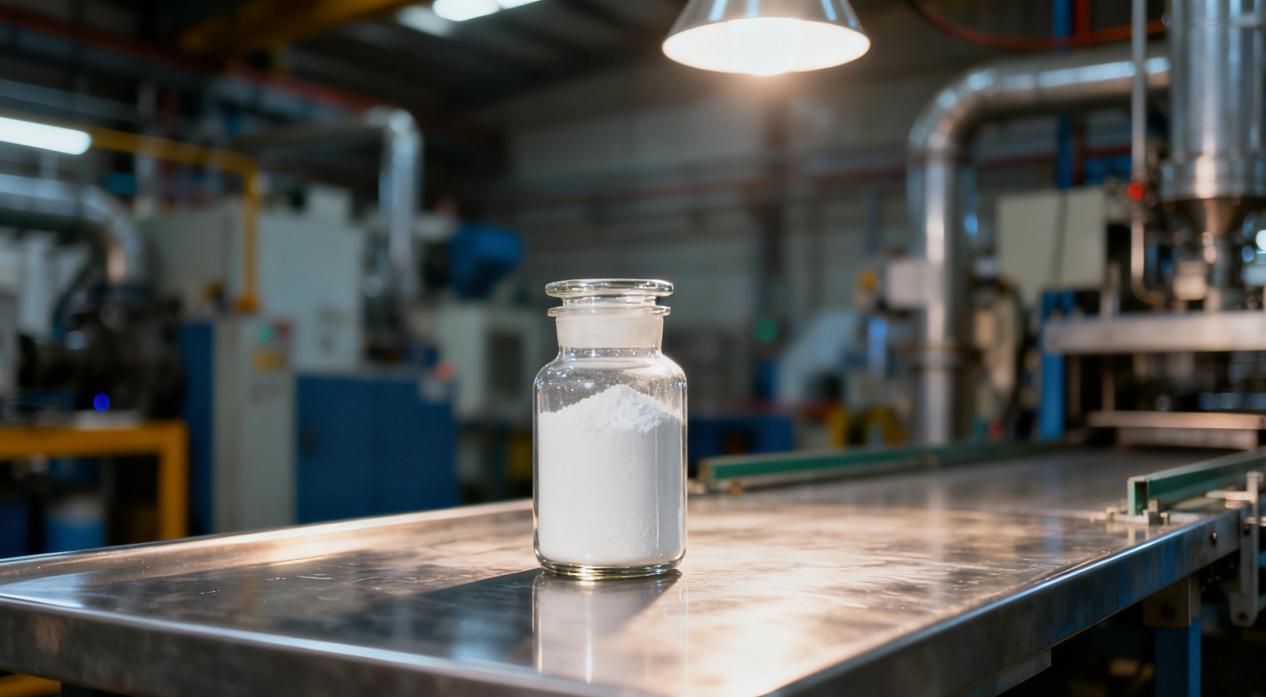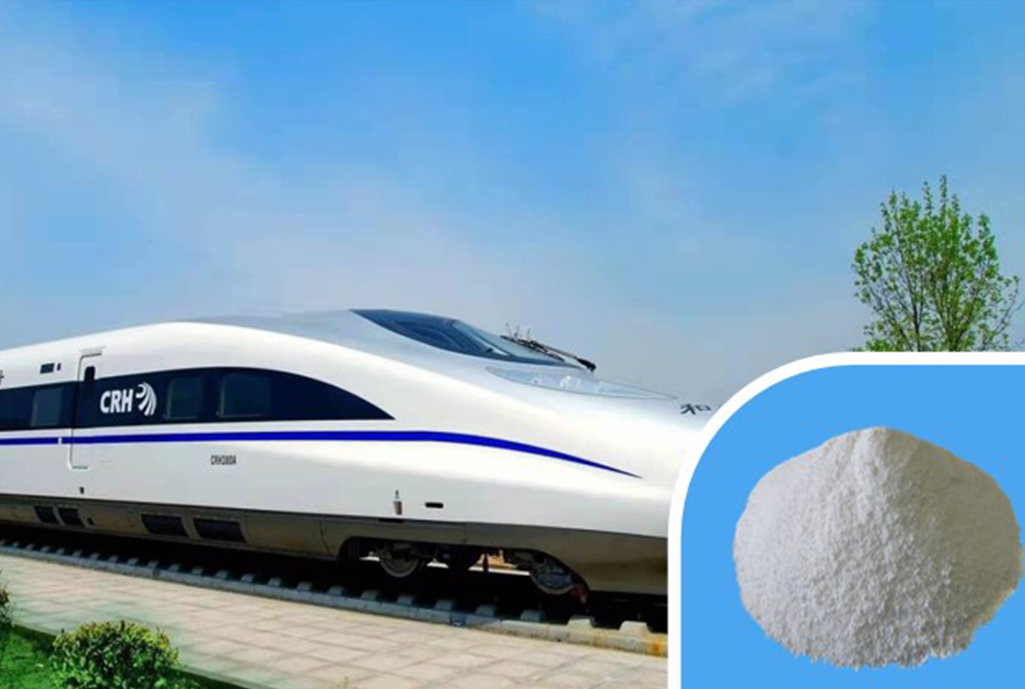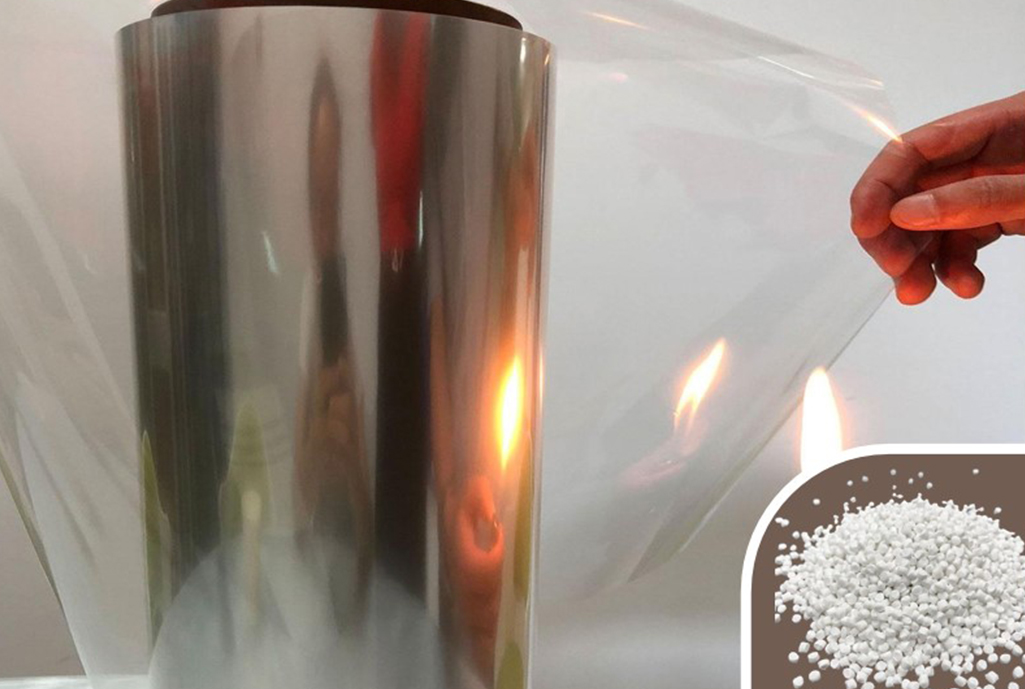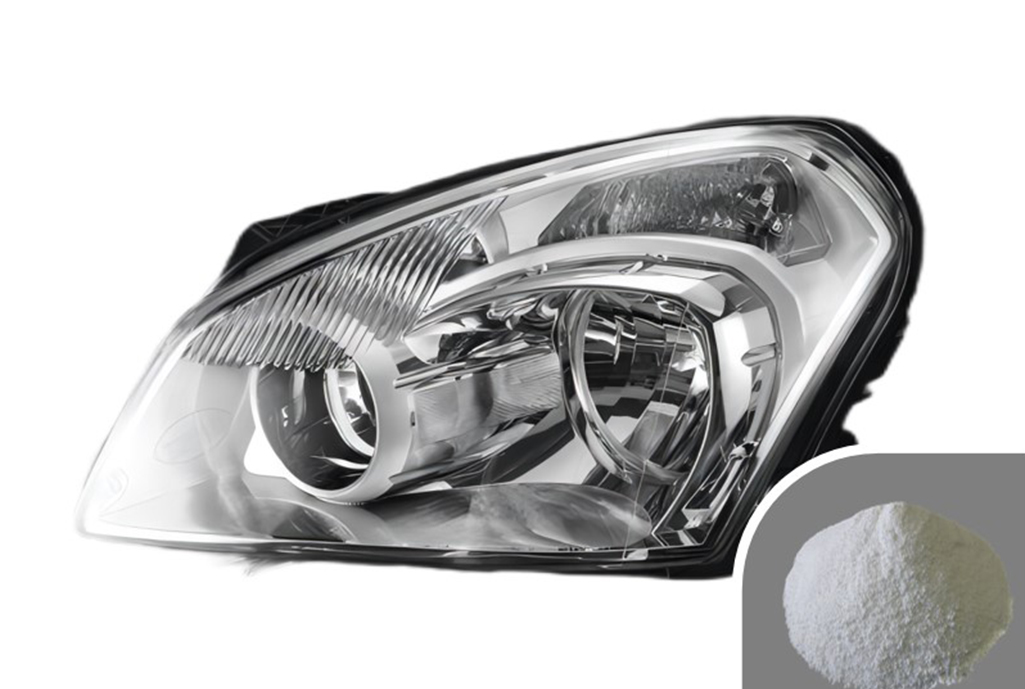The Unique Advantages of Halogen-Free Flame Retardant Ammonium Polyphosphate
2025-10-31
Ammonium Polyphosphate (APP) stands out as a core component in intumescent flame retardant (IFR) systems. Its flame-retardant mechanism is not singular but operates through multiple synergistic steps, delivering highly efficient performance.

Upon heating, APP decomposes to form polyphosphoric acid—a powerful dehydrating agent. This acid promotes the esterification and subsequent dehydration charring of hydroxyl-containing polymers (such as cellulose, polyesters, or epoxy resins), as well as char-forming agents like pentaerythritol.
Simultaneously, APP releases non-flammable gases, including ammonia (NH₃), during decomposition.
Furthermore, the char layer formed under the influence of polyphosphoric acid expands in the presence of these non-flammable gases, resulting in a porous, dense, and robust foamed char barrier.
This intumescent char layer provides three critical functions:
Thermal Insulation: Acts as a protective shield, effectively blocking external heat from penetrating the polymer substrate.
Oxygen Barrier: Prevents the escape of flammable pyrolysis gases and inhibits oxygen from entering, thereby suppressing combustion.
Smoke Suppression: Traps soot and smoke particles generated during polymer decomposition within the char layer, significantly reducing smoke emission.




















